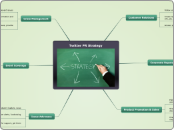jonka Valeryia Matskevich 10 kuukautta sitten
47
FNMI
Activists are instrumental in safeguarding cultural heritage, working tirelessly to preserve the traditions, languages, histories, and customs of their communities. They serve as mentors and leaders, fostering self-awareness and confidence in cultural identities while promoting education through organized events and programs.









